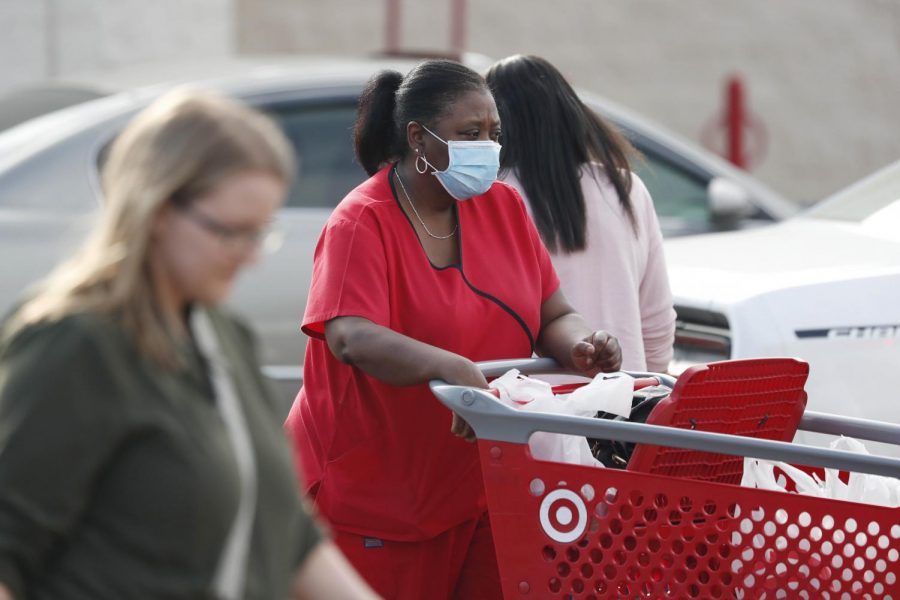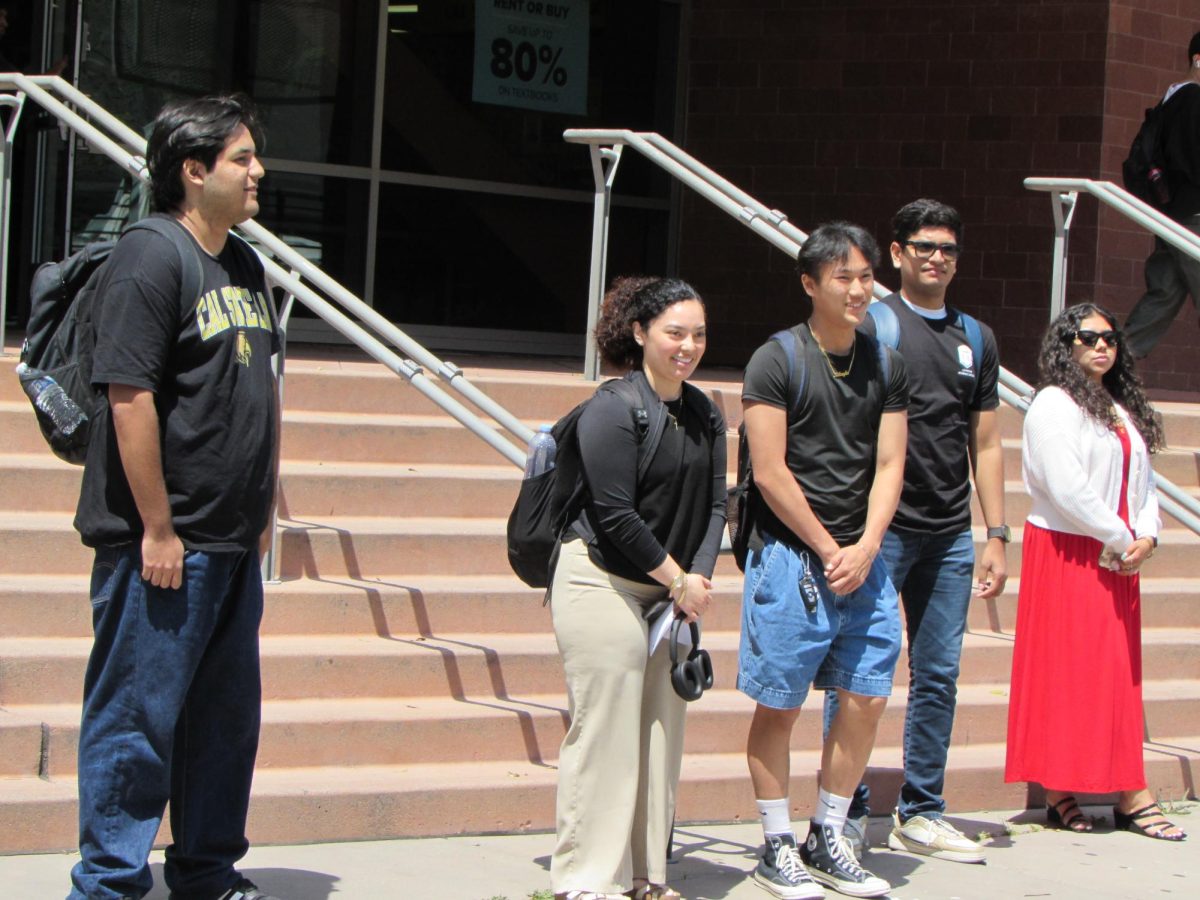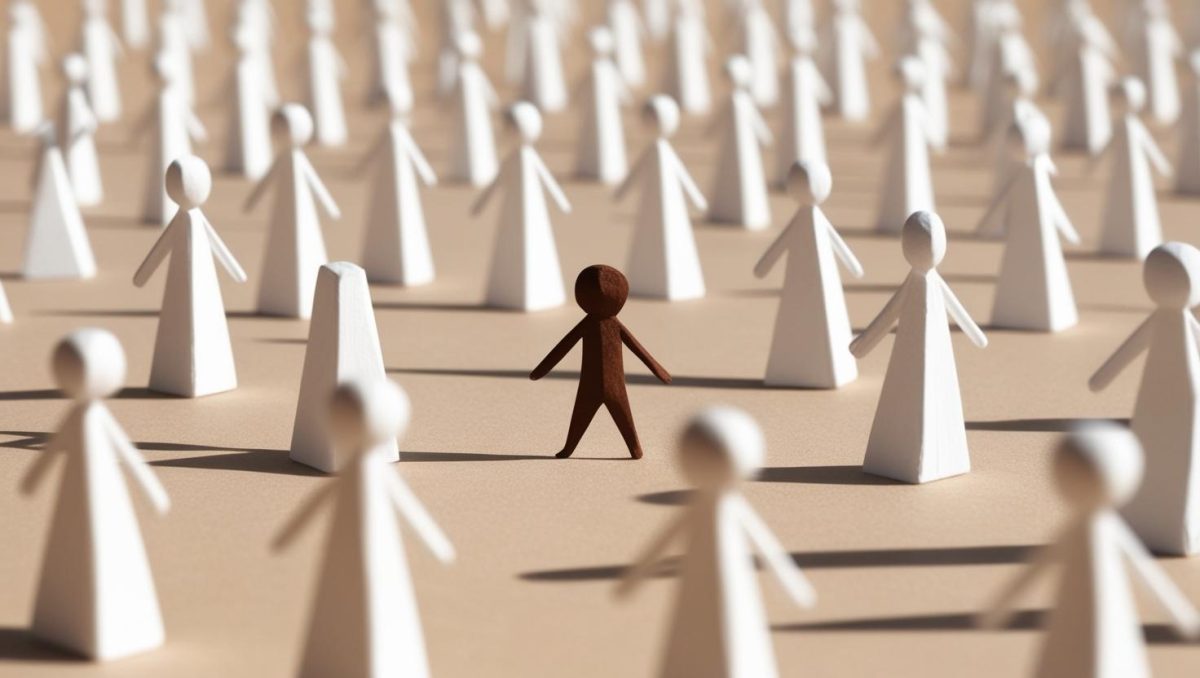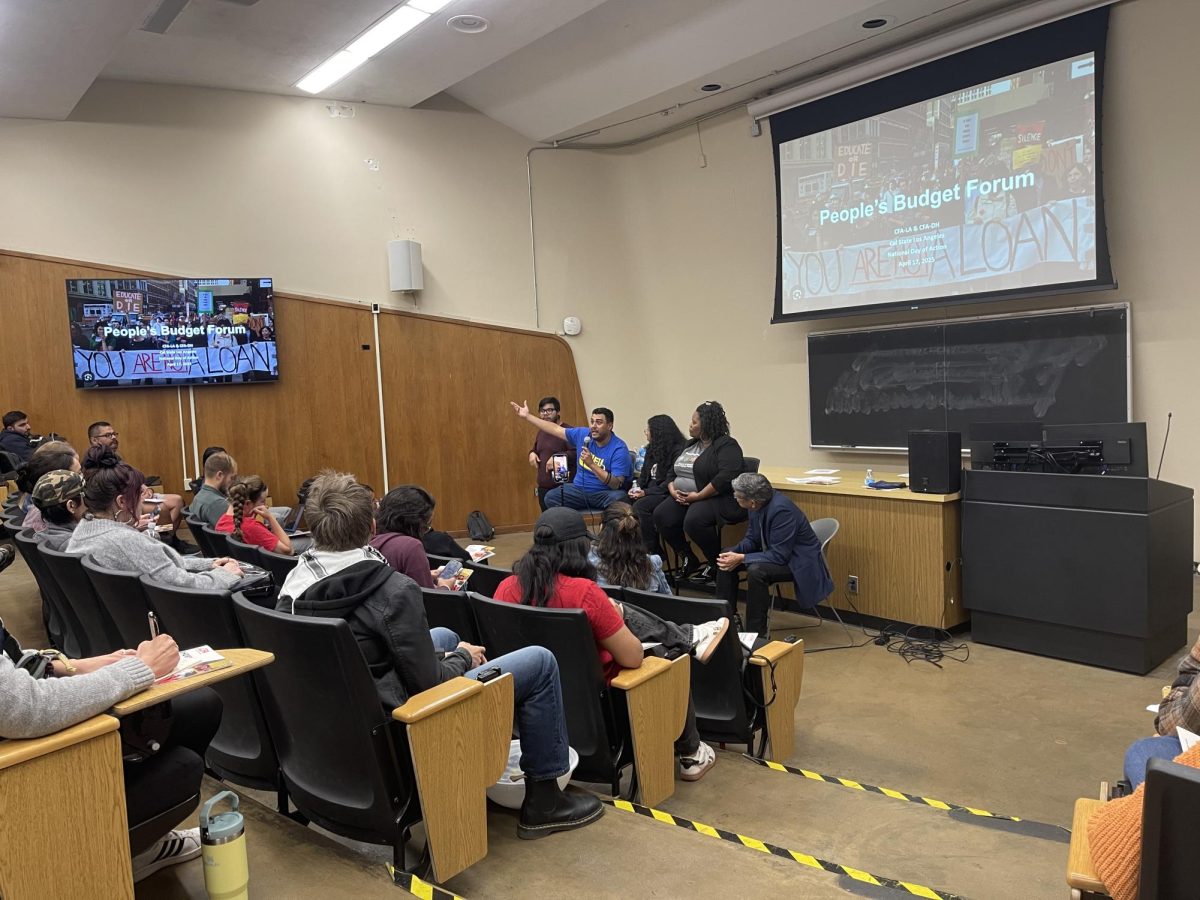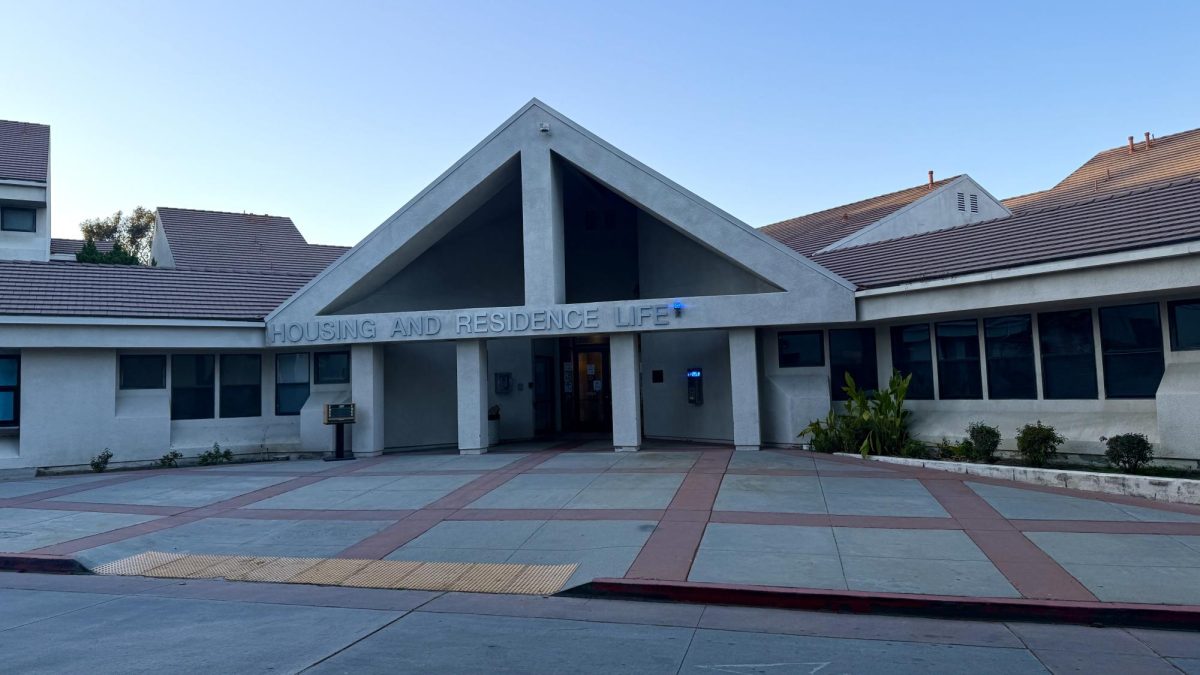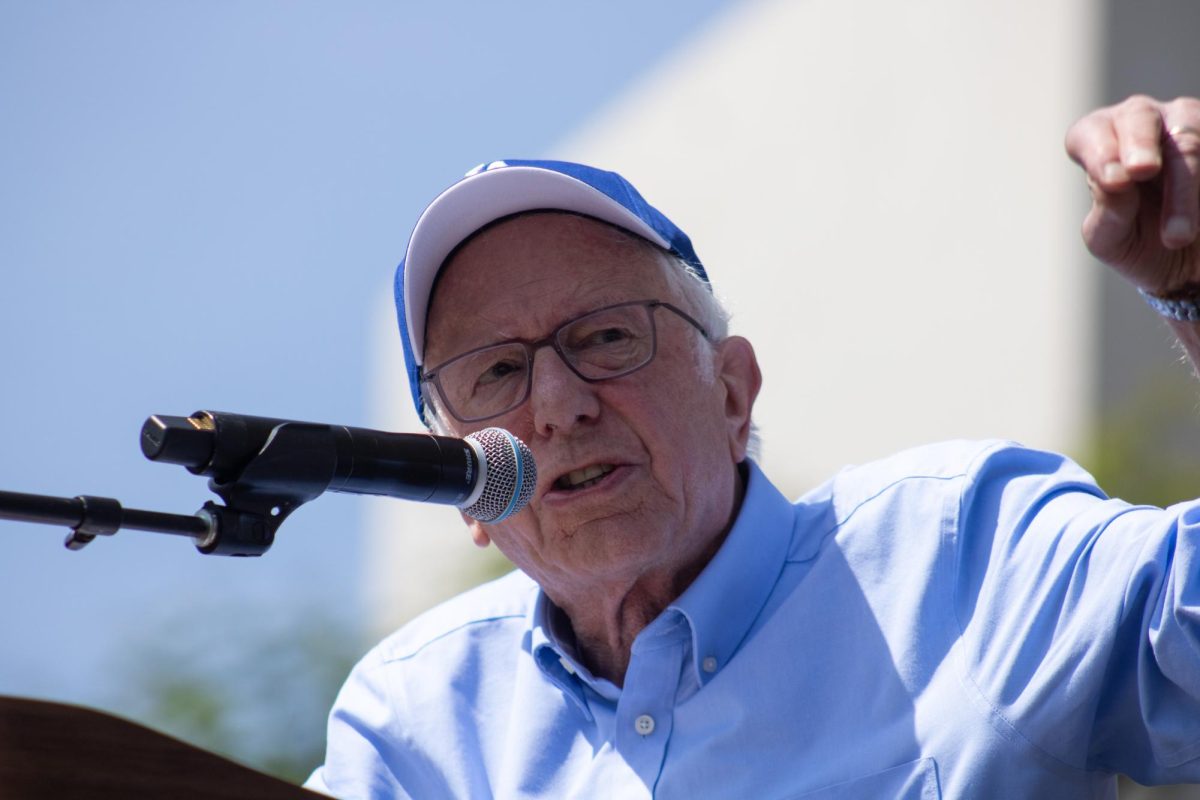Amid the COVID-19 pandemic, communities of color are experiencing a harder hit compared to their white counterparts.
Incomplete surveillance data collected throughout the month of March by the Centers for Disease Control and Prevention (CDC), revealed a partial picture of the different races of hospitalized COVID-19 patients.
Out of 580 people:
- 261(45 percent) were non-hispanic white,
- 192 (33.1 percent) were non-Hispanic black,
- 47 (8.1 percent) were Hispanic,
- 32 (5.5 percent) were Asian,
- 2 (0.3 percent) were American Indian/Alaskin Native
- 46 (7.9 percent) were of an “other” or “unknown” race.
The agency cautioned that its findings on the potential impact on sex and race need to be confirmed with more data.
“It’s alarming that black people in the US have wound up disproportionately hospitalized with COVID-19 and dying from the disease,” said William M. London, a professor of public health at Cal State LA. “That is likely attributable in large part to [them] being more likely to have pre-existing chronic health problems that contribute to complications when people develop COVID-19.”
The vast majority of patients have one or more of these chronic health problems: hypertension, obesity, chronic lung disease, diabetes and cardiovascular disease.
All racial and ethnic groups nationally had large coverage gains under the Affordable Care Act. Even so, African Americans, Latinos, American Indians and Alaska Natives and Native Hawaiians and other Pacific Islanders remain more likely to be uninsured compared to white people, according to the Kaiser Family Foundation.
Professor Valerie Talavera-Bustillos of the Chicana/o and Latina/o Studies department surveyed her students and found that approximately 50 percent of them lost their jobs and many of their family members are in a financial crisis.
“The other half seems to be dealing with the stress of continuing to work, as they are considered essential workers, and have the stress of working in environments with greater health risks,” she said. “While they are happy to have a job, it is also very stressful for them.”
Essential workers face the difficulties of putting their health at risk by continuing to provide for their families and going to work.
“This pandemic is exposing the inequalities we have in society, and it’s showing how those who are most vulnerable are being affected,” said Yvonne Liu, a Cal State LA sociology lecturer. “They are the ones who are getting sick, they are the ones that have to work and they often work in service jobs where they are interacting with people, which puts them at a higher risk.”
To help mitigate the spread of COVID-19 in Los Angeles, Mayor Eric Garcetti ordered all essential workers to wear masks. This order applies to workers at grocery stores, pharmacies, hotels and restaurants, as well as taxi and ride-share drivers.
Earlier this month, U.S. Surgeon General Jerome Adams addressed the disparities at a coronavirus task force briefing, stating there’s no scientific basis to believe that people of color are “biologically or genetically predisposed to get COVID-19,” but that they are “socially predisposed to coronavirus exposure, and have a higher incidence of the very diseases that put you at risk for severe complications of coronavirus.”
According to Talavera-Bustillos, families need to navigate the crisis differently due to the risks that large gatherings create due to the coronavirus.
“Family gatherings and connections need to be re-invented to maintain our close connections in non-physical ways,” she said. “Celebrations, traditions and family unity can still be honored, but with much more caution.”
London feels improving opportunities for personal advancement, community resources and access to primary health care would likely help to address these health inequalities people of color face.
The CARES Act stimulus bill has provided the CSUs with support for students, including financial aid grants to assist students with the cost of attendance, food and housing. The other half of the funding will be at the discretion of each campus.
Talavera-Bustillos hopes that our campus community can move forward and address how to be supportive of our students.
“It is great that we are receiving stimulus funds, however, I hope our administrators demand the funds we need to survive this health crisis. It is often said that we are #1 in social mobility, and that requires our campus leaders, staff and faculty to improve how we serve students and provide an even better education and experiences on campus that support our students who are struggling through poverty to build their American Dream.”
Updated April 23, 2020 to correct the demographic group disproportionately affected by the virus, according to the professor who examined the CDC data.

